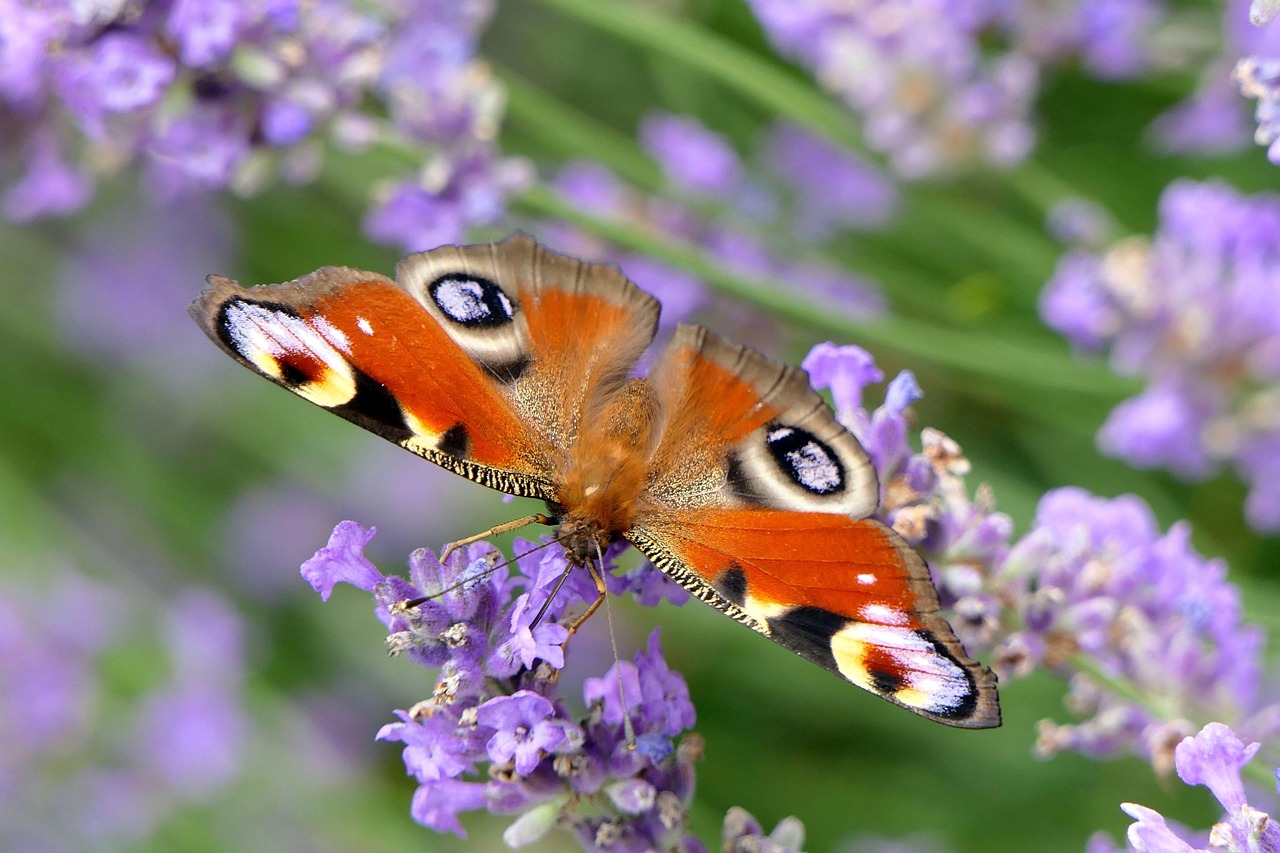A vibrant, thriving garden is not just about beautiful flowers and lush greenery; it’s about creating a harmonious environment where all aspects of nature work together. One of the most crucial elements of any healthy garden is the presence of pollinators. These tiny creatures—bees, butterflies, hummingbirds, and other beneficial insects—are the unsung heroes that help plants reproduce, ensuring that your garden flourishes. By attracting pollinators to your garden, you not only improve the health of your ecosystem but also encourage biodiversity and support the environment. Here’s how you can create a pollinator-friendly garden that contributes to a healthier and more sustainable ecosystem.
The Importance of Pollinators in a Garden
Pollinators are vital to the health and productivity of plants. Without them, many of the fruits, vegetables, and flowers we rely on for food and beauty would cease to exist. Pollinators transfer pollen from one flower to another, enabling plants to produce seeds and fruits. This process is essential not only for garden plants but for crops like apples, almonds, and tomatoes. By supporting these tiny creatures, you help ensure a healthy ecosystem in your backyard while contributing to the global effort to protect biodiversity.
Types of Pollinators You Should Attract
When considering how to attract pollinators, it’s helpful to know which creatures you want to invite into your garden.
Bees
Bees are arguably the most important pollinators in any garden. They are responsible for pollinating a wide range of plants, from flowering vegetables to wildflowers. Bees are drawn to plants with colorful blooms, especially those in shades of purple, blue, and yellow. By planting a variety of bee-friendly plants, you can create an environment where bees can thrive.
Butterflies
Butterflies add beauty to your garden while also playing a key role in pollination. They are attracted to brightly colored flowers, particularly those with tubular shapes, which allow them to feed on nectar. Butterflies also need host plants for their larvae, so providing a mix of nectar-rich plants and those that cater to butterfly larvae is essential for a balanced garden ecosystem.
Hummingbirds
Hummingbirds are particularly attracted to red, orange, and pink flowers. These small, agile birds are excellent pollinators for plants like trumpet vines, fuchsias, and honeysuckle. They thrive in gardens that provide abundant nectar and safe perching spots. Adding hummingbird feeders alongside flowering plants can help encourage these beautiful birds to visit regularly.
Other Beneficial Insects
In addition to bees, butterflies, and hummingbirds, a variety of other beneficial insects play crucial roles in pollination. Moths, beetles, and flies can also contribute to the pollination of your plants. Providing a welcoming environment for these insects is key to creating a diverse and healthy garden ecosystem.
Choosing the Right Plants for Pollinators
To attract pollinators to your garden, selecting the right plants is essential. The flowers you choose should offer ample nectar and pollen while also being attractive to a range of pollinators.
Native Plants
Native plants are particularly effective at attracting pollinators. These plants have evolved alongside local species and are well-suited to your region’s climate and soil conditions. Native plants often provide the best food sources for local pollinators and help support the entire ecosystem. Consider planting a variety of native flowers, shrubs, and trees to provide year-round support for pollinators.
Flower Variety and Color
Different pollinators are attracted to different flower colors. Bees are drawn to blue, purple, and yellow flowers, while butterflies prefer bright colors like red, orange, and pink. To attract a variety of pollinators, consider planting a range of colors and flower types. This ensures that your garden remains vibrant and accessible to bees, butterflies, and other beneficial insects throughout the seasons.
Fragrance and Nectar
Fragrance and nectar are two additional factors that attract pollinators. Bees, for example, are drawn to strong-smelling flowers, while butterflies are often attracted to plants with rich nectar. By choosing plants that produce an abundance of both, you can create a more hospitable environment for pollinators and encourage them to return frequently.
Creating a Pollinator-Friendly Habitat
Creating a pollinator-friendly habitat goes beyond just planting the right flowers. There are several additional steps you can take to make your garden more inviting to pollinators.
Providing Shelter
Pollinators need shelter, too. Bees require a safe space to nest, so consider providing natural habitats such as hollowed-out stems or piles of leaves. Butterflies benefit from sheltered areas with shrubs and tall grasses where they can rest. By offering a variety of hiding spots, you create a more comfortable and secure environment for your garden’s pollinators.
Water Sources
Pollinators also need access to fresh water. A shallow birdbath or a small pond with rocks for perching is ideal for bees and butterflies. Ensure that the water source is clean and shallow to prevent drowning. Providing water ensures that pollinators have everything they need to stay hydrated and healthy while working in your garden.
Avoiding Pesticides
One of the most important things you can do to protect pollinators is to avoid using harmful pesticides. These chemicals can be toxic to bees, butterflies, and other beneficial insects. Instead, opt for organic and natural pest control methods, such as companion planting or introducing natural predators, to maintain a healthy garden ecosystem.
Sustainable Gardening Practices for Pollinators
In addition to attracting pollinators, adopting sustainable gardening practices ensures that your garden remains healthy and supportive of pollinators over the long term.
Organic Gardening
By practicing organic gardening, you eliminate the use of harmful chemicals, providing a safer environment for pollinators. Organic methods, such as composting, crop rotation, and mulching, not only improve soil health but also create a sustainable habitat for pollinators to thrive in.
Sustainable Practices in Pollinator Conservation
Sustainable gardening practices, such as minimizing lawn areas and incorporating more wildflower meadows, help support pollinator populations. Planting a diverse array of native plants and using eco-friendly gardening tools can further promote a healthy ecosystem that encourages pollination and biodiversity.
Summary
Attracting pollinators to your garden is one of the most rewarding and impactful ways to contribute to a healthier ecosystem. By choosing the right plants, creating a welcoming habitat, and practicing sustainable gardening, you can help protect these essential creatures and ensure your garden thrives. With a little effort and thoughtfulness, your garden can become a haven for bees, butterflies, hummingbirds, and other beneficial insects, contributing to a more vibrant and diverse world.
Please like, comment, and share this article if you found it helpful and
informative.
For more news check out Big Town Bulletin News
For more from Big Town Bulletin check out Big Town Bulletin
Please like, comment, and share this article if you found it helpful and
informative.
For more news check out Big Town Bulletin News
For more from Big Town Bulletin check out Big Town Bulletin


